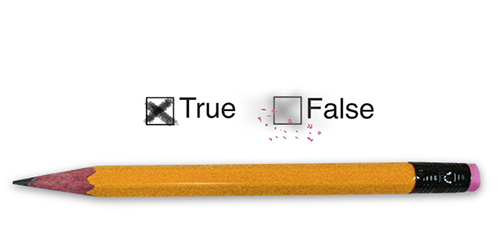 We are
in a unique time of year. Days ago, we finished the midterm elections and now
we are entering the Christmas shopping season. As we sit in between these two
events, it is a good time to examine what works and what does not in marketing.
That’s because marketing has a lot to do with the success of both the election
of candidates and seasonal retail sales. When you boil it down, both use the
same techniques to get us to buy what they are selling.
We are
in a unique time of year. Days ago, we finished the midterm elections and now
we are entering the Christmas shopping season. As we sit in between these two
events, it is a good time to examine what works and what does not in marketing.
That’s because marketing has a lot to do with the success of both the election
of candidates and seasonal retail sales. When you boil it down, both use the
same techniques to get us to buy what they are selling.
You may
say, "I don’t want to hear another thing about the elections! I am sick of
seeing election campaign ads!” That seems to be the sentiment amongst everyone.
Unless you are running a political campaign, who wants to watch those ads?
Everyone complains about them, but do you know why we are all bombarded by
them? Because it works!
You may
not yet be worked up about Christmas retail ads, but in a few weeks, you may
have the same strong reaction. I can’t search for anything on the internet
without seeing an ad. Every year, they start earlier. I get text messages,
piles of mail, and emails from companies I have never heard of all trying to
get me to buy their product as Christmas gifts. They send the same stuff again
and again. Why? Because it works!
Why
does it work? If I get so agitated by what I am seeing, why do I vote for
candidates who have bombarded me with the same message? Likewise, why do I seek
out gifts from the companies that have irritated me with their constant
advertising push? There are two main reasons. First, we tend to remember what
we hear time and again. Have you heard of the marketing rule of seven? It says
that you have to hear a branded message at least seven times before you
remember it. Beyond remembering, we also tend to believe what we have heard
repeated to us again and again. Have you ever heard of the illusory truth
effect? This is the theory that the more you hear something, the more you will
believe it is true, even if you previously believed it to be untrue. Back in
1977, researchers at Temple and Villanova experimented with a group of people.
They gave these subjects a list of sixty bits of trivia and asked them to mark
them as either true or false statements. Two weeks later, they gave them a new
list and asked them to again rate them as true or false. Of the sixty statements
on the second list, twenty of them were the same as the first list. Two weeks
later, a third list was given to the same people. Again, it contained sixty
statements and the same twenty statements from the first list were repeated.
What was discovered is more people found the twenty repeated statements to be
true by the third round. The more they saw them, the more they believed them,
even if they had marked them as false in the first round. The study concluded
that people can be conditioned to believe nearly anything if they hear it
repetitiously.
This is the reason someone can
make an outlandish claim about their opponent in a campaign smear and you might
think it total nonsense at first. But after you have heard it repeated several
times, especially if you hear it from multiple sources, you begin to believe it
is true. The same can be said about a retail brand. It is the best product on
the market…so the slogan goes. After you hear that repeated several times, you
begin to believe it.
The
marketing impact of the illusory truth effect is quite powerful. This is the
main reason repetition has always been used for recall; but remembering a fact
is one thing, believing it is another. Advertising frequency is equal to brand
credibility if you follow the research.
Are you using repetition in your marketing? It will help your brand
awareness, but it will also make believers out of your target market.